
Circuit Zandvoort is a 4.259 km seaside rollercoaster carved into Dutch dunes. It’s narrow, banked, windy, and unforgiving — part old-school F1 theatre, part modern upgrade. Famous for Max Verstappen’s home crowd and its corners, it remains on the Formula 1 calendar until 2026.

Quick stats — Zandvoort snapshot
- Location: Netherlands 🇳🇱
- Circuit Zandvoort
- First F1 Race: 1952/ Built from WWII roads in 1948
- Track Length: 4.259 km
- Turns: 14
- 1:11.097 — Lewis Hamilton (2021)
- Race Direction: Clockwise
- Steepest F1 banking: 19°
- Grand Prix name: Dutch Grand Prix/ Longest gap between GP returns: 36 years.
- Hosted 30+ F1 races pre-1985
- The beach is literally next door — some fans swim after the race
- Calendar status: Confirmed through 2026
From Dunes to F1 Glory: Historical background
Zandvoort is motorsport alchemy: turning post–WWII roads into a racetrack in 1948. Ferrari’s Alberto Ascari took the first official F1 Dutch Grand Prix in 1952, and the place became a playground for Jim Clark and Jackie Stewart in the ‘60s and ‘70s.
However, by 1985, noise complaints, financial issues, and outdated safety ended Zandvoort’s F1 run. For 36 years, Zandvoort slept, even as it remained beloved. Then in 2021, it roared back. Upgraded with steeply banked corners, safety fixes, and a revival led by Dutch superstar Max Verstappen. His home win that year turned the return into a national festival — orange smoke, flares, and all.
Timeline highlights:
1948
1952
First F1 Dutch GP — Ascari wins for Ferrari.
1960s–70s
Jim Clark, Jackie Stewart dominate; safety chicanes added.
1985
F1 exit — financial and safety struggles.
2021
Return with upgraded corners and banking. Verstappen wins at home.
2024
Norris takes a wet-weather victory, proving Dutch skies always have a say.
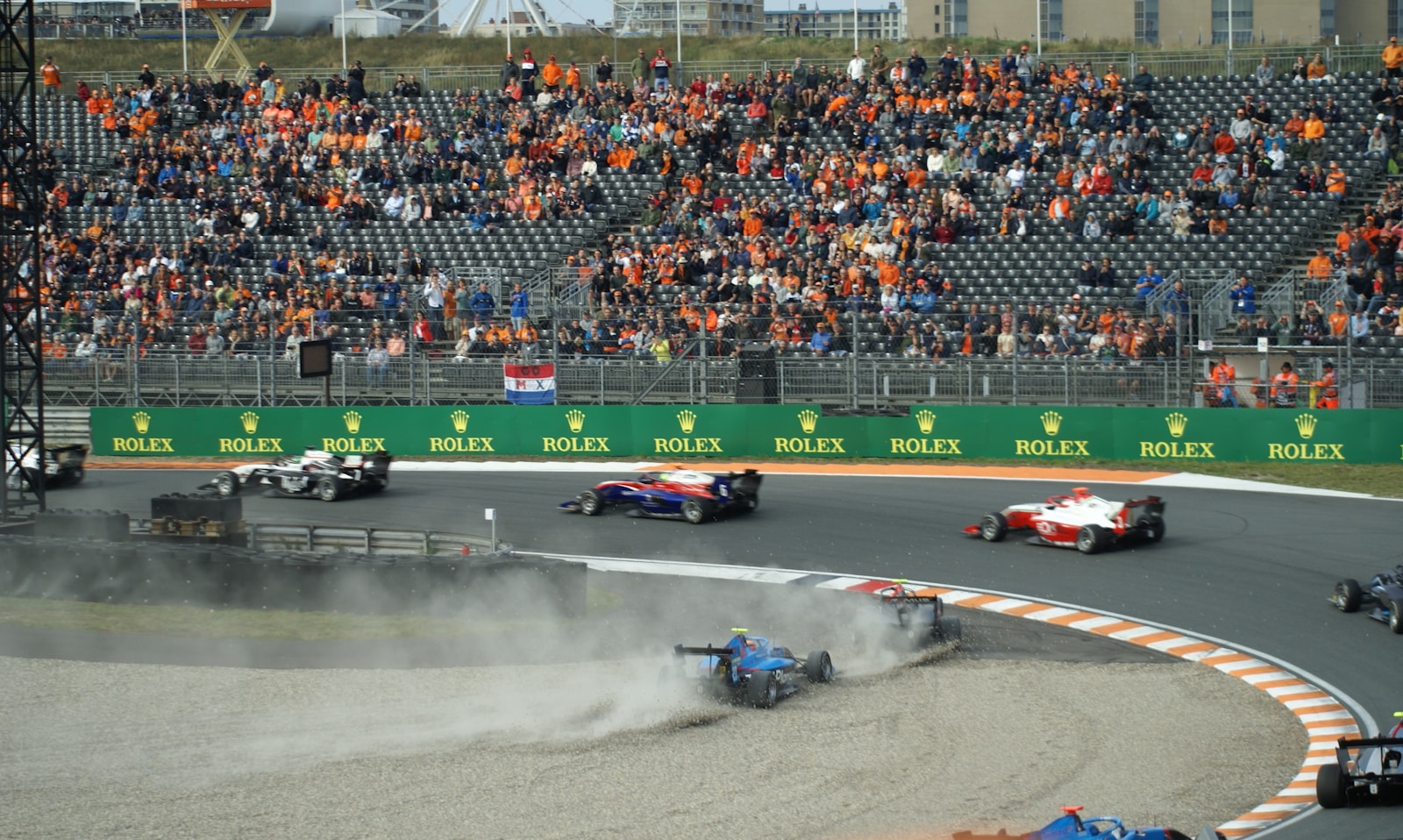
Rollercoaster? Rollercoaster!
The Zandvoort race track is special due to:
- Compact, but brutal: Zandvoort race track is the second-shortest after Monaco, but with 14 demanding corners! To put it in perspective, it’s just half the length of Spa Francorchamps yet twice as relentless, challenging drivers with unyielding intensity throughout the race.
- Banked turns: Its Hugenholtz Arie Luyendyk corners feature NASCAR-style banking that puts a strain on tires and opens the door to strategic tricks.
- Nature-built: Coastal winds blow sand onto the track, grip shifts corner to corner, and elevation changes keep cars dancing.
- Old-school vibe: Gravel traps, blind crests, and barriers close to the line; mistakes aren’t forgiven.
Drivers call it “wild.” For fans, that makes it both thrilling and unpredictable.
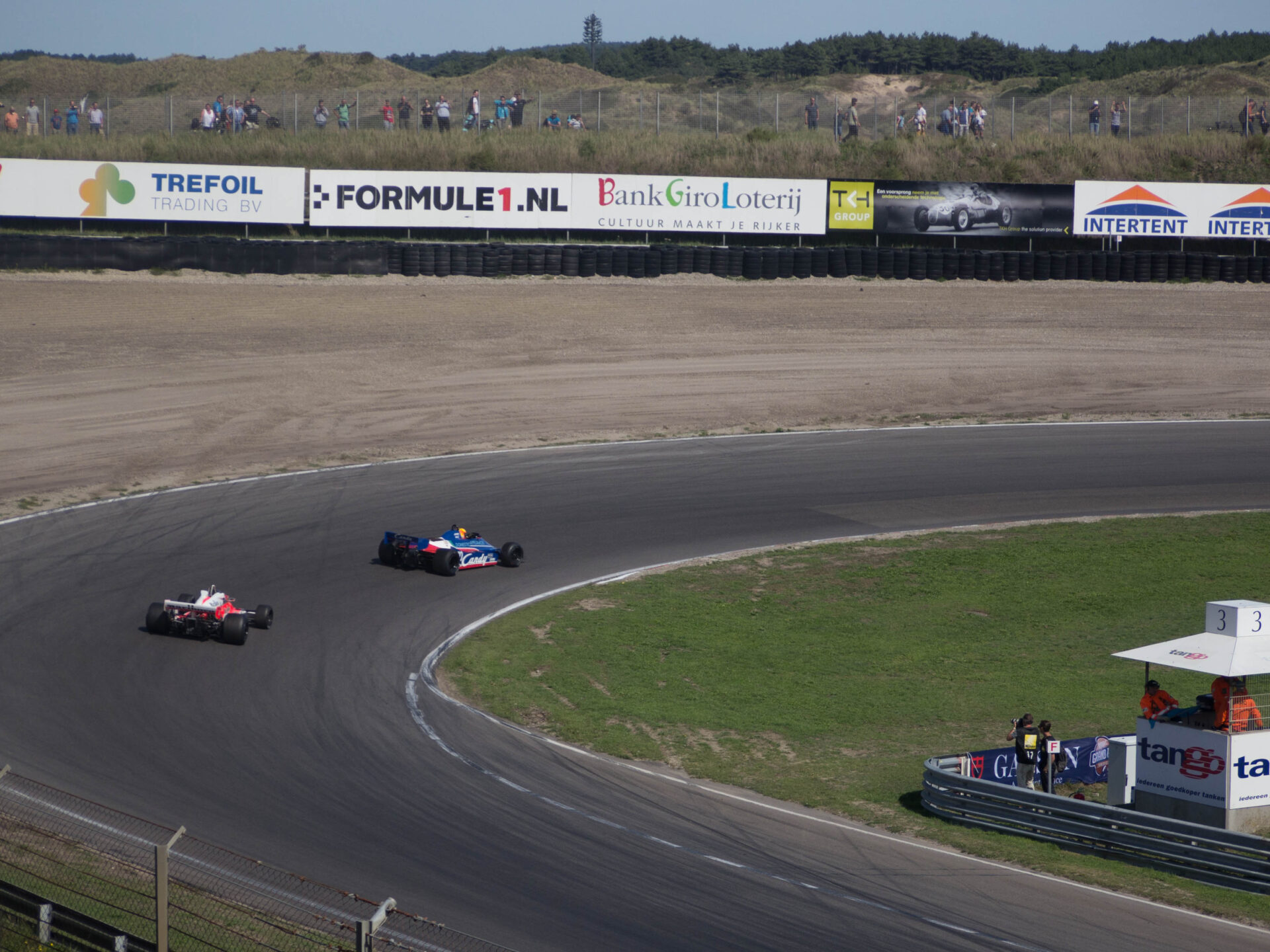
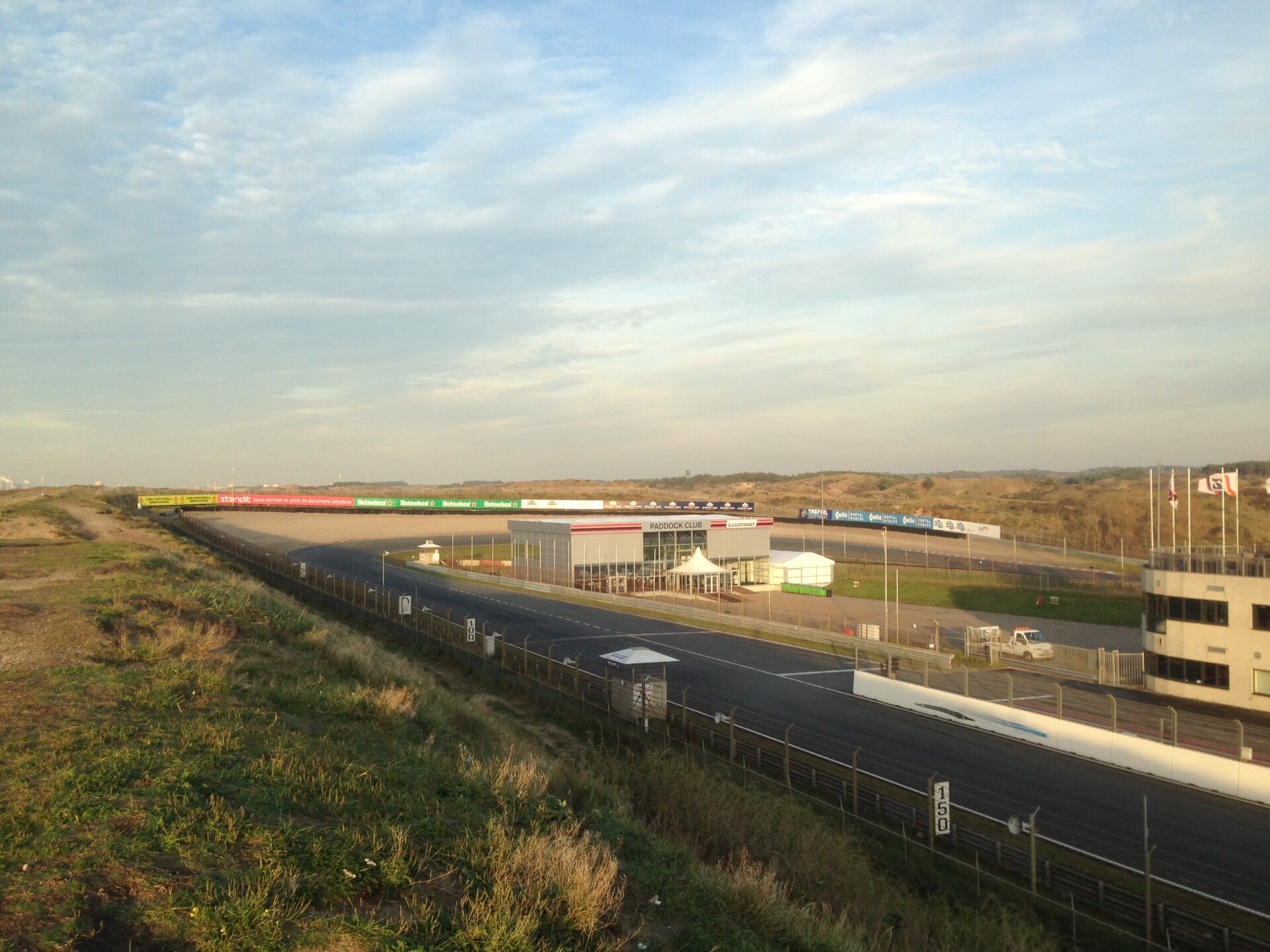
How Does Zandvoort Feel like? Corner-by-corner Guide
- Tarzanbocht (Turn 1): A bold 180° hairpin — prime overtaking spot. Get braking wrong and you’re wide into the gravel.
- Gerlachbocht (Turn 2): Blind entry, unforgiving exit. Named after a driver who lost his life here in 1957.
- Hugenholtzbocht (Turn 3): Parabolic 19° banking; side-by-side possible, but aero instability punishes mistakes.
- Hunserug & Slotemaker (Turns 4–6): Blind kinks with rising ridge — rhythm section that punishes nerves.
- Scheivlak (Turn 7): High-speed sweep through dunes; elevation and crosswinds make it one of F1’s most thrilling corners.
- Hans Ernst Chicane (Turn 11): Technical and sharp — perfect setup matters.
- Arie Luyendykbocht (Turns 13–14): Final 18° banked blast onto the straight. Flat out at 300+ km/h, setting up DRS into Turn 1.
Each corner adds character. Zandvoort feels less like a computer-designed track and more like a natural that dares drivers to be brave.
Racing Strategy Insights
- Qualifying: Absolutely crucial. Overtaking is rare, so grid position shapes race results.
- Tire management: The banking and constant direction changes chew tires. A one-stop (mediums → hards) is typical, but aggressive teams gamble with two.
- Pit stops: ~19 seconds lost — big risk unless undercut works.
- Weather: North Sea breezes make showers unpredictable. Dry-to-wet-to-dry races aren’t unusual.
- At Zandvoort, the real race is often on the pit wall. Engineers play chess with tires because overtaking opportunities are so limited.
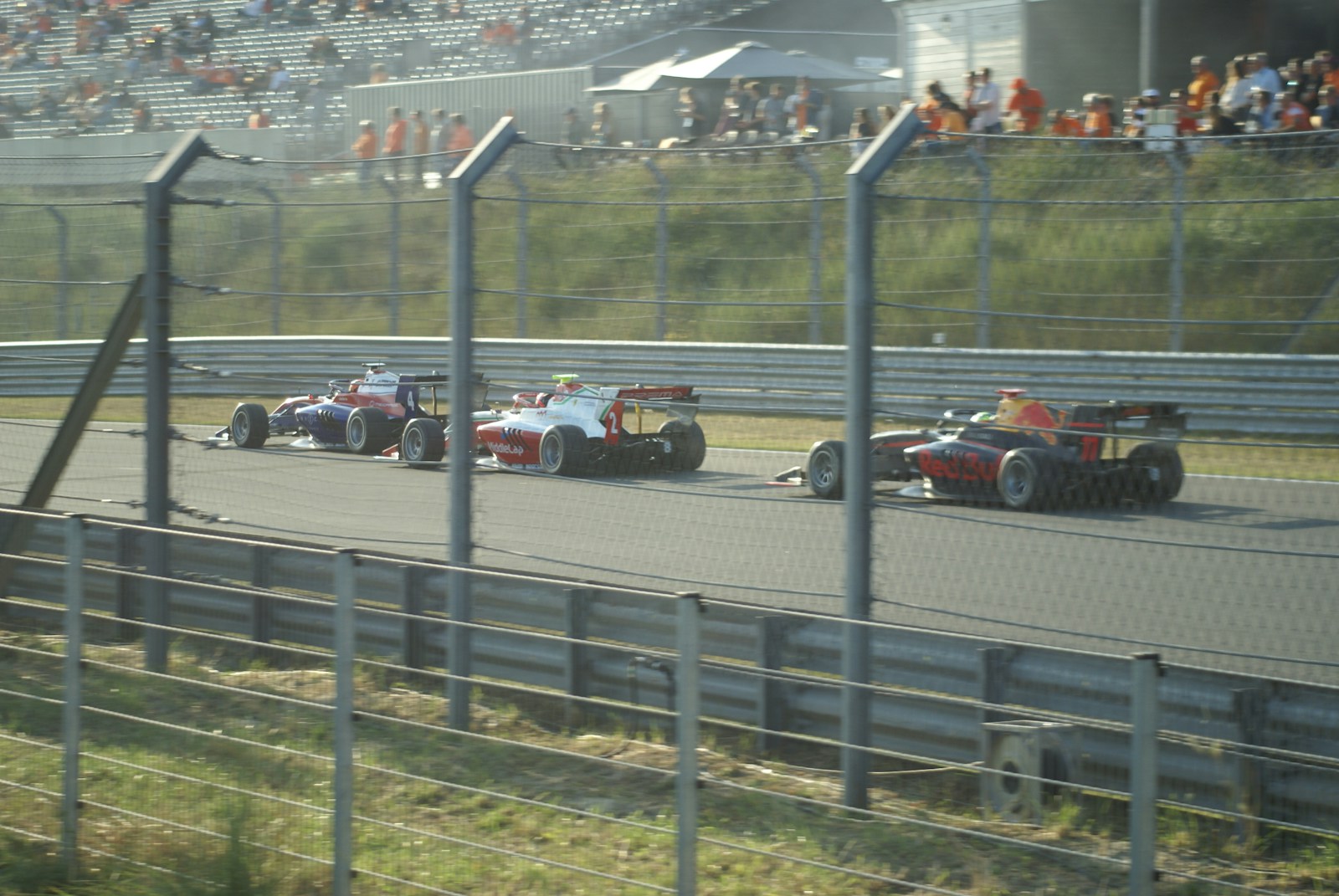
Attending the Dutch Grand Prix?
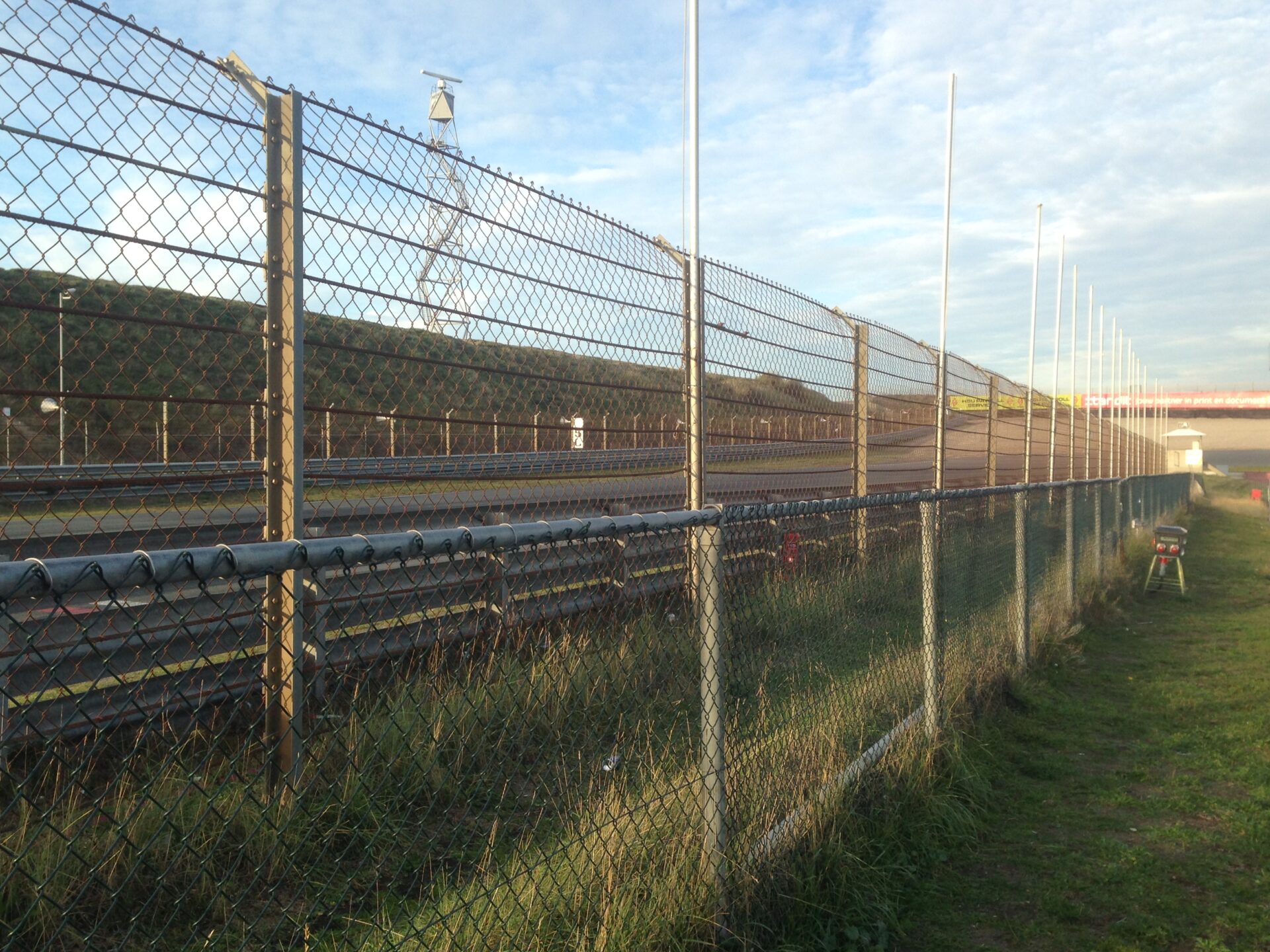
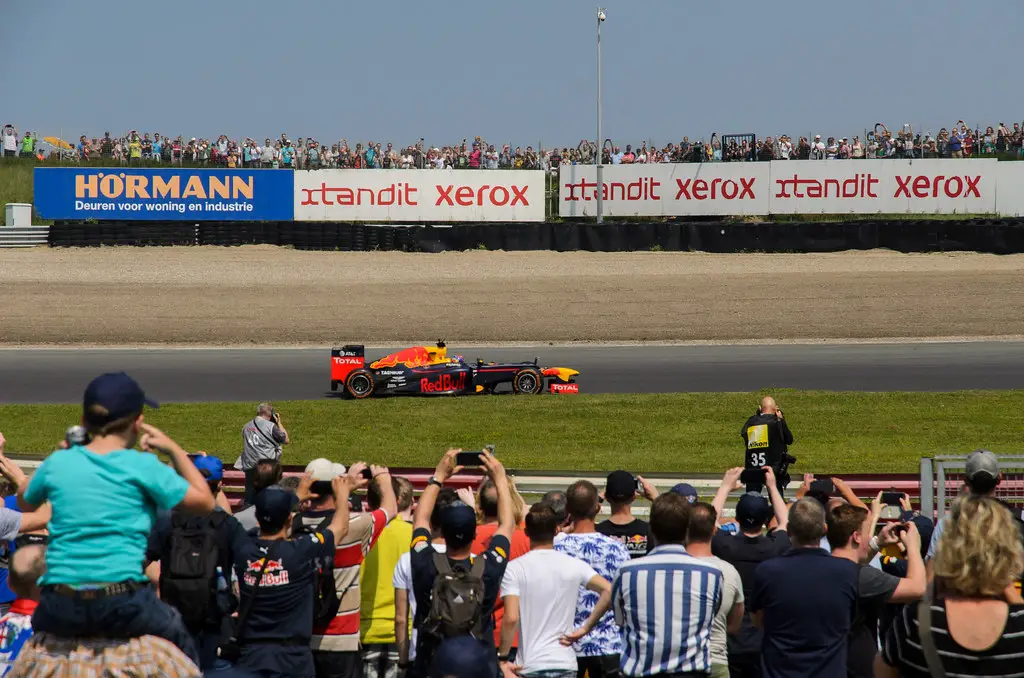
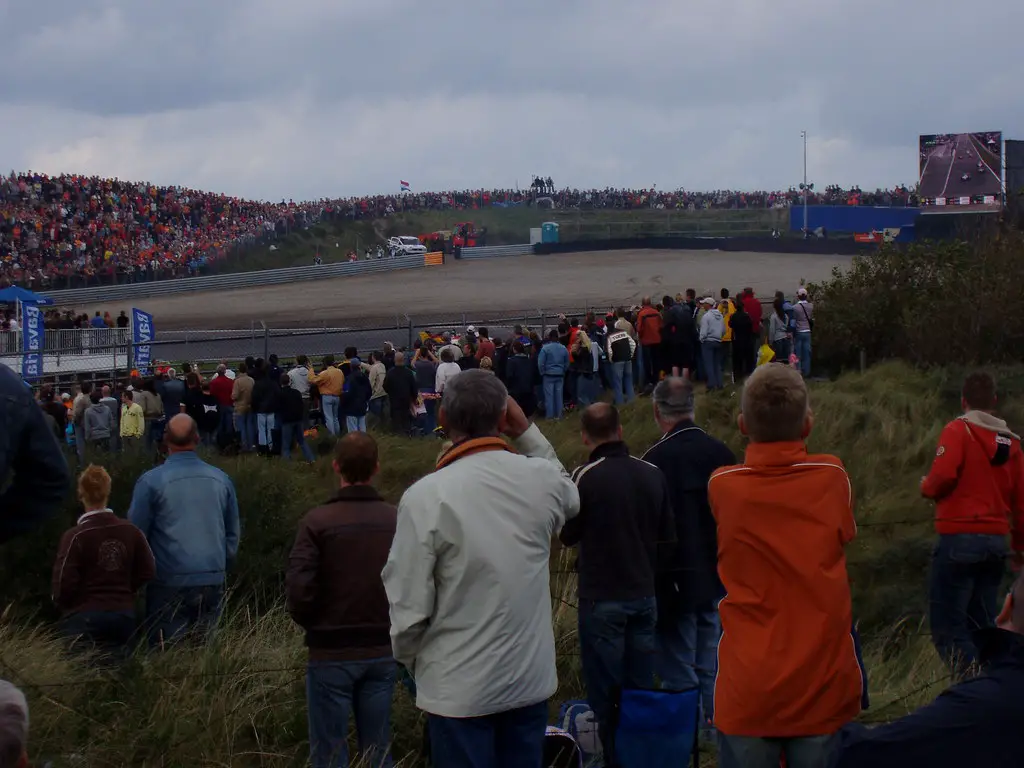
The Best Places to Watch
- Tarzan Grandstand (Gold/Silver): Epic Turn 1 action, watch starts, overtakes, and braking battles. Why best? Heart-pounding views of the banked hairpin; great for newbies spotting strategy plays. Bonus: Podium proximity Close your eyes—can you feel the banking tilt beneath the Tarzan Grandstand?
- Arena Grandstands (1/2/Out): Atmospheric hotspot overlooking Turns 11-12 and DRS zone into 13-14. Arena 1 offers panoramic value—see speed builds and banked exits. Ideal for fans craving crowd energy and multi-angle action; it’s “exceptional” for overtaking post-straight. Close your eyes—can you sense the rush as cars speed out of the final turn?
- Pit Straight Grandstand: Premium for start/finish, pits, and podium. Why? Witness grid tension, lightning-fast stops, and celebrations—perfect if you love the full race narrative. Close your eyes—can you hear the symphony of brakes and cheers at the finish line?
- Eastside Grandstands (1-4): Along the final sector’s DRS straight—Gold for best chicane flicks into banking. Thrill: High-speed passes and arena vibes. Close your eyes—can you imagine the burst of speed as cars dash down the straight?
- General Admission (GA) Areas: Budget-friendly dunes and hills for natural vantage points—head to Hairpin or open viewing zones for flexible roaming. Why? Immersive, fan-zone access; trek-friendly shoes a must, but views rival grandstands for elevation spots. Close your eyes—can you see the stunning panorama of racing amidst rolling dunes?
- Pro tip: For families, opt for covered stands like Main; accessibility shines in shuttled zones. Whichever you pick, Zandvoort’s compact size means no bad seat—just pure F1 magic.
Read more Motorsporttickets’ insights.
Keep in mind.
Tickets sell out fast — buy through official Dutch GP/F1 channels by spring.
It matters
Zandvoort isn’t the easiest circuit. It’s demanding, messy, and sometimes chaotic. But that’s why fans love it. In a calendar of polished, clinical venues, it’s still testing bravery and precision the old-fashioned way.
For new fans, Zandvoort is the track with a pulse.
Want to know more stories about tracks? Check out our guide to F1 circuits.

